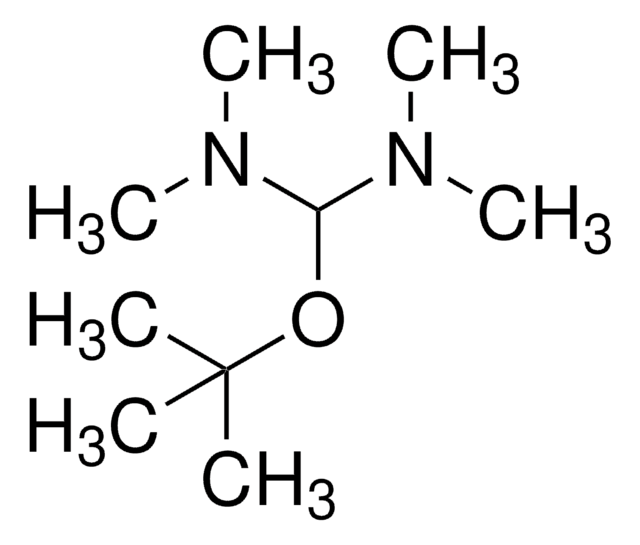901596
Hydrazine solution
1.0 M in ethanol
Synonym(s):
Hydrazine, Nitrogen hydride
About This Item
Recommended Products
form
liquid
concentration
1.0 M in ethanol
refractive index
n/D 1.3666
density
0.7934 g/mL
SMILES string
NN
InChI
1S/H4N2/c1-2/h1-2H2
InChI key
OAKJQQAXSVQMHS-UHFFFAOYSA-N
Looking for similar products? Visit Product Comparison Guide
General description
Application
Hydrazine solution may be employed for the following studies:
- As reducing agent for the reduction of the first row (3d) transition metal complexes in aqueous solution.
- Preparation of nanoscale reduced metal oxides such as VO2(B), Cr2O3.
- As fuel for the direct hydrazine fuel cell (DHFC).
- As reducing agent for the synthesis of metallic monodisperse copper nanoparticles.
related product
Signal Word
Danger
Hazard Statements
Precautionary Statements
Hazard Classifications
Acute Tox. 4 Inhalation - Aquatic Chronic 2 - Carc. 1B - Eye Irrit. 2 - Flam. Liq. 2 - Skin Irrit. 2 - Skin Sens. 1
Storage Class Code
3 - Flammable liquids
WGK
WGK 3
Flash Point(F)
57.2 °F
Flash Point(C)
14 °C
Certificates of Analysis (COA)
Search for Certificates of Analysis (COA) by entering the products Lot/Batch Number. Lot and Batch Numbers can be found on a product’s label following the words ‘Lot’ or ‘Batch’.
Already Own This Product?
Find documentation for the products that you have recently purchased in the Document Library.
Customers Also Viewed
Our team of scientists has experience in all areas of research including Life Science, Material Science, Chemical Synthesis, Chromatography, Analytical and many others.
Contact Technical Service











